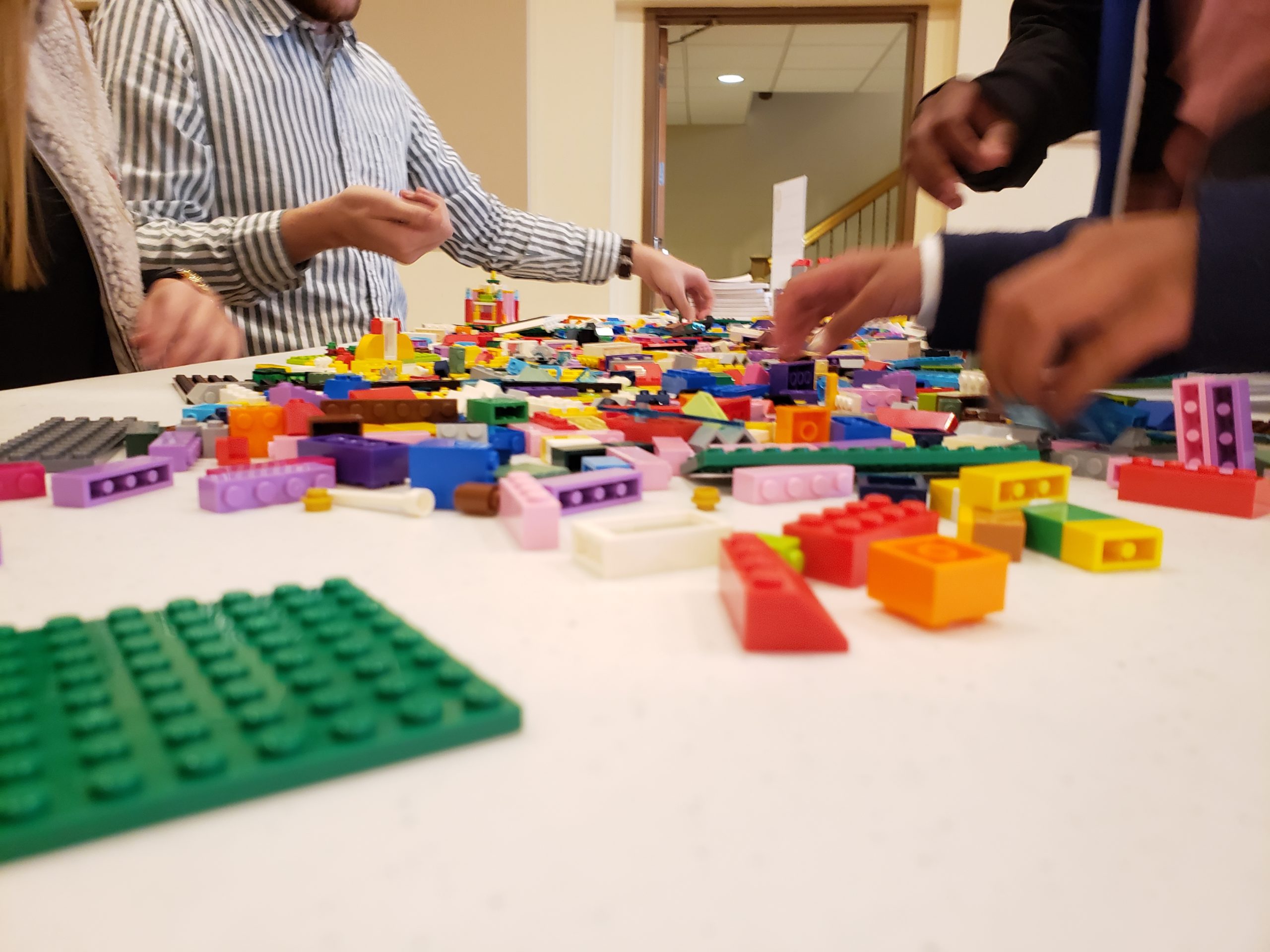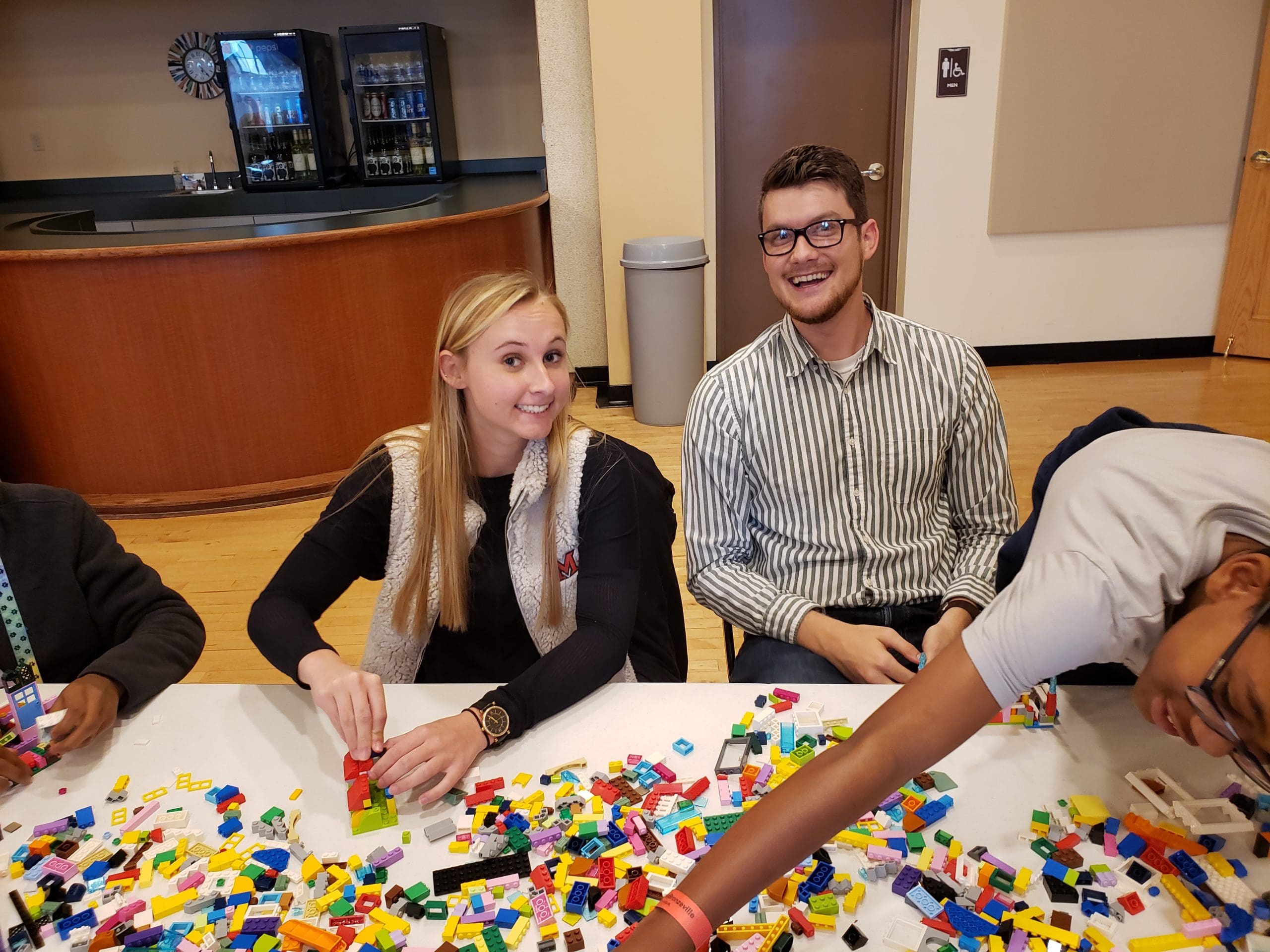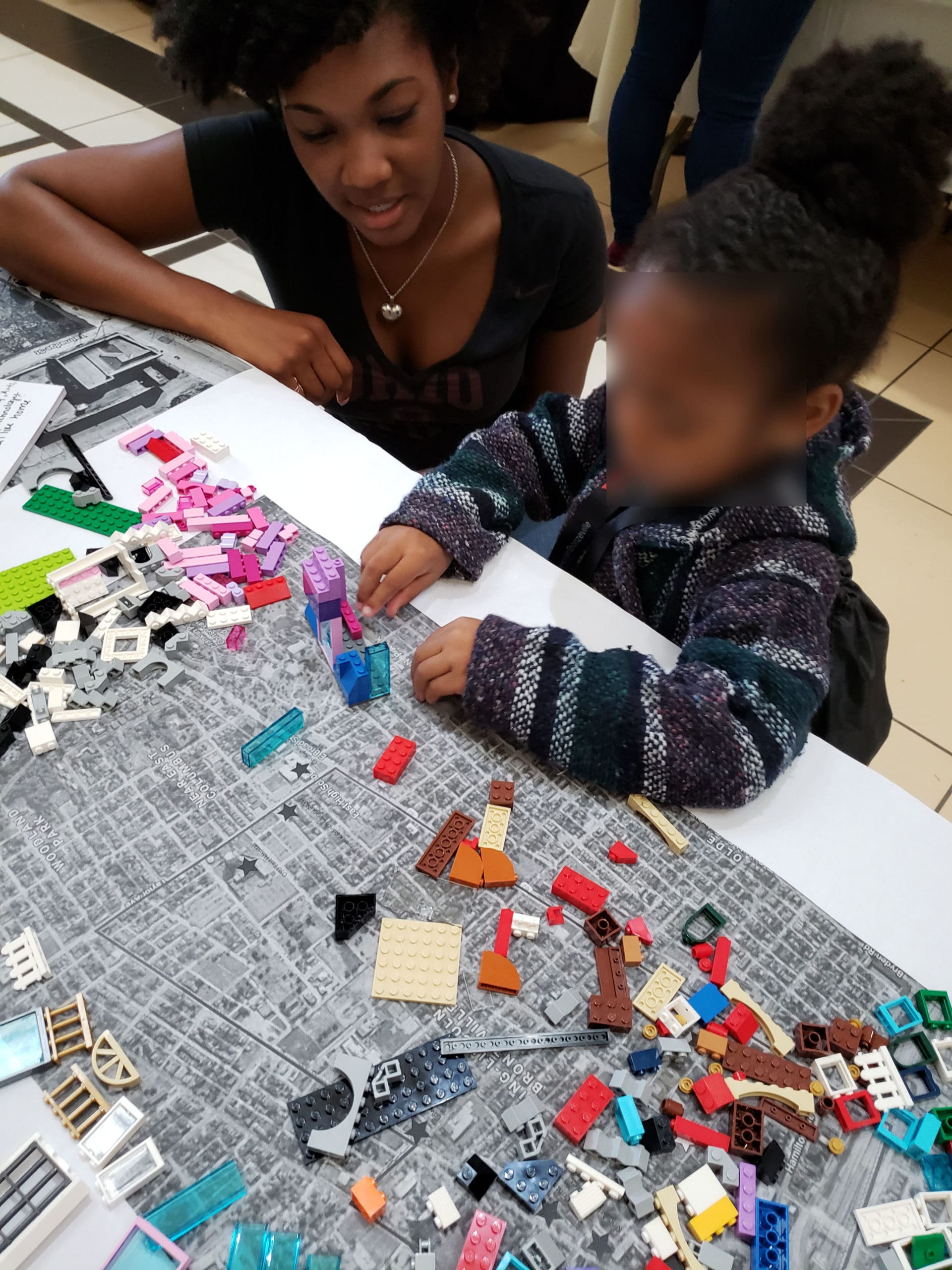Working to Create a More Just & Equitable World

January 29, 2021
I started writing the following article several months ago as I reflected on the continued need to contribute to a more just, equitable, and unified society, and what a business owner’s role is in this effort. Outcomes of the COVID-19 pandemic, the national events spotlighting this past summer, and the continued inequities and fatal injustices in our society lit a deeper fire in my heart to develop more actionable and more sustainable contributions to the plight of our Black community members, our community members of color, and all our community members who face inequity and injustice for any number of unjust reasons. I believe that all business owners should be reflecting on these things, and I hope my thoughts help you to develop your own plans to help.

Several years ago, my company set out to make the firm more diverse. Naively, we thought it would be as simple as considering more candidates from more diverse backgrounds. We quickly realized that there was a lack of diverse candidates to select from, particularly regarding people of color.
Research by The National Council of Architectural Registration Boards (NCARB) indicates that around 10% of architecture certificate holders are people of color, and 20% of certificate holders are women. The NCARB noted growth in the earlier stages toward gaining certificates in both demographics but attributed the lack of growth in certificate holders of color to attrition.
In May of 2018, Architecture Magazine released a series of articles around diversity in the field of architecture, centered around the 50-year anniversary of Whitney M Young Jr.’s speech at the 1968 American Institute of Architects (AIA) convention (the same year as the assassinations of Martin Luther King Jr. and Robert Kennedy).
Young famously said of the profession of architecture, “As a profession, you are not a profession that has distinguished itself by your social and civic contributions to the cause of civil rights, and I am sure this has not come to you as any shock. You are most distinguished by your thunderous silence and your complete irrelevance.”
The articles noted trends in increased diversity for women in general (while still lacking at leadership levels), but no apparent movement in diversity for people of color in the profession over the last 50 years, particularly for African Americans. Important to note, women of color are the least represented demographic in the profession.
Several national efforts have started to address diversity issues in architecture and the allied professions. Two notable efforts are Project Pipeline from the National Organization of Minority Architects and Hip Hop Architecture Camp, the brainchild of architect Michael Ford.
Locally in Columbus, the Center for Architecture and Design is working on efforts to make its own Camp Architecture into a tool for helping build diversity in the profession. Over the last several years, CFAD has started sponsoring scholarship students to Camp Architecture and High School Design Studio. As board chair of CFAD, I’ve been involved with efforts to rebrand the camp, including making it free of charge and eliminating all barriers to attendance to expand the reach of the camp.
Collectively, the hope is that all of these efforts will plant seeds so that 50 years from now, we will have made a significant impact in creating true diversity within architecture and the allied professions. Imagine a world where communities are developed, planned, designed, and built by folks who represent the demographics of their neighborhoods.
I recommend partnering with local organizations and other like-minded firms to make this dream a reality. What starts as a desire to make your own firm more diverse can grow into a dream of an ecosystem where the profession is appropriately representative of the community.
For my firm, the recent events unfolding around us and an appropriate and welcome challenge from our employees of color have caused us to consider additional action items to undertake. Here are some suggestions based on what we’re doing internally:
-
Make a commitment to new internal efforts to highlight your implicit biases, unravel systemic racism and ensure your culture is one where all feel truly welcome and have a track to advance in their career.
-
Partner with and support community organizations such as Creative Control Fest, TedX King-Lincoln Bronzeville, Transit Arts, and Harmony Project.
-
Contribute to additional community efforts, particularly efforts that are being undertaken by those who face the inequities and injustices.
-
Develop youth-oriented programs that are free and accessible to all children to create a pipeline to the profession.
-
Provide paid internships to students of color and students who face other barriers to the profession.
-
Partner with other architects and design professionals of color and from other underrepresented backgrounds by teaming with them to pursue work.
Above, Triad Associates Meaghan, Kyle, & Morgan Participated in an Event For TedX King-Lincoln Brownsville.
The fight to stop inequity, injustice, systemic racism, bigotry, and stereotyping continues. As business leaders, we should all be committed to helping. In architecture, we should be working to create a profession in which designing communities are more representative of the communities they serve. We encourage every business to consider where and how they can contribute to creating a more just and equitable world.
Brent T Foley, Partner



